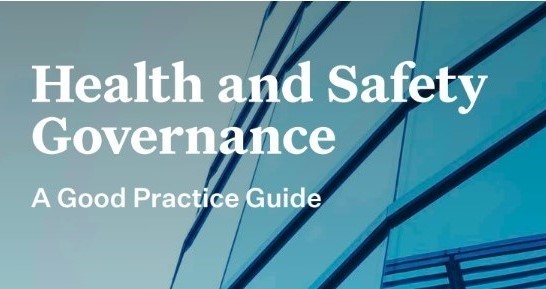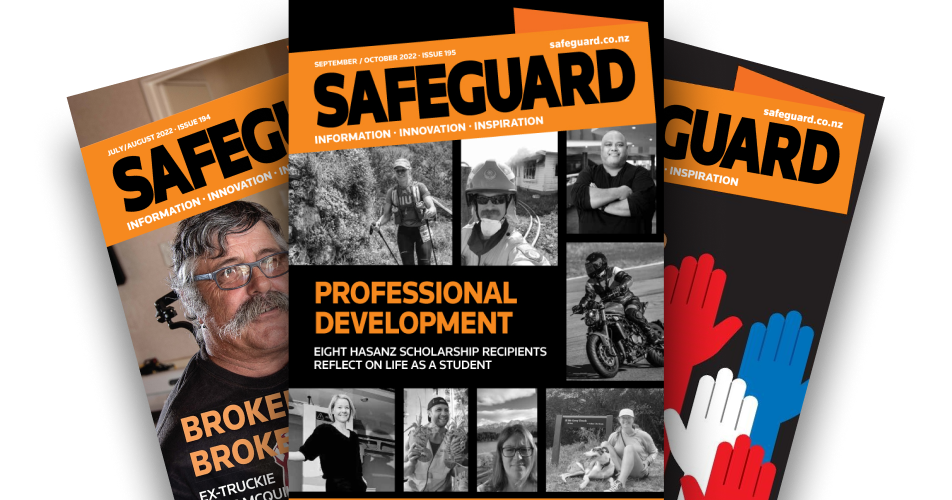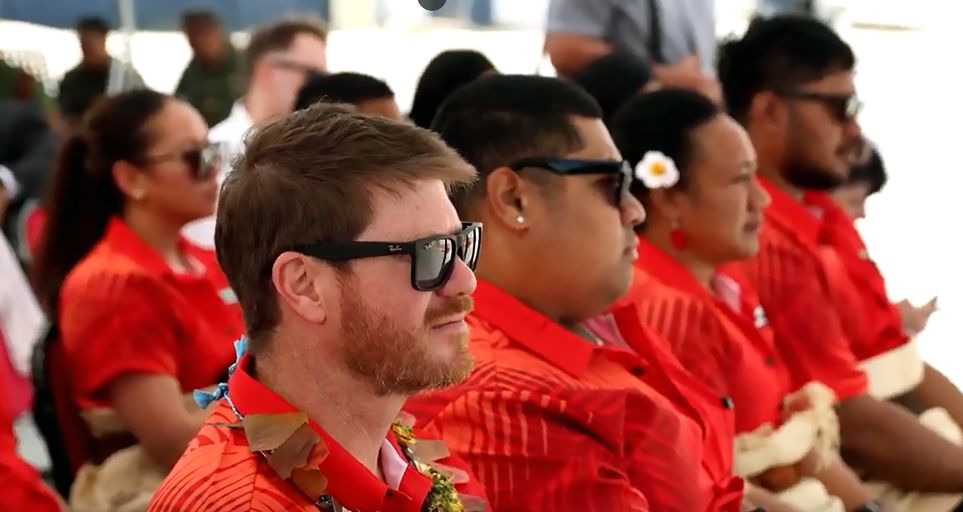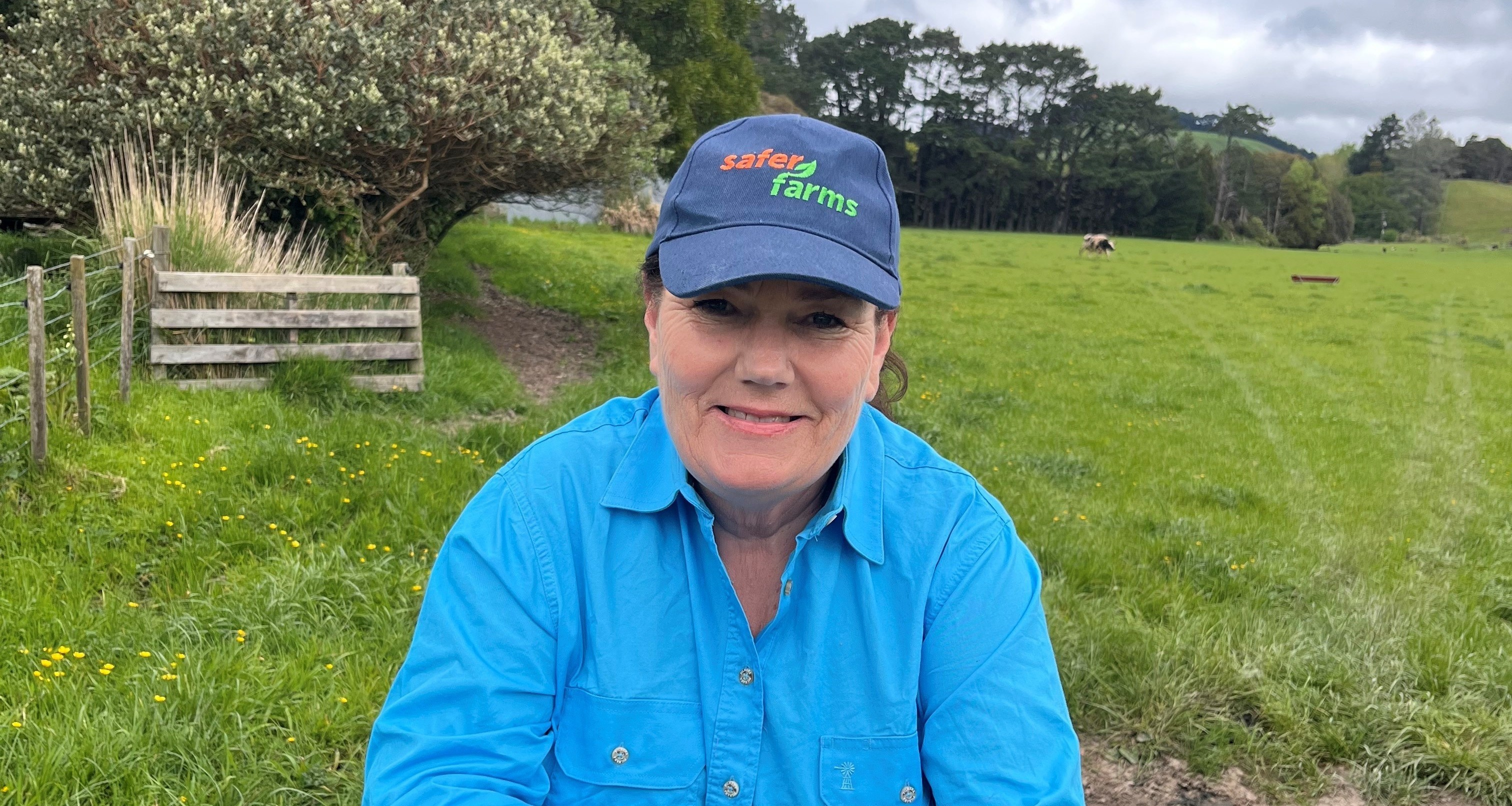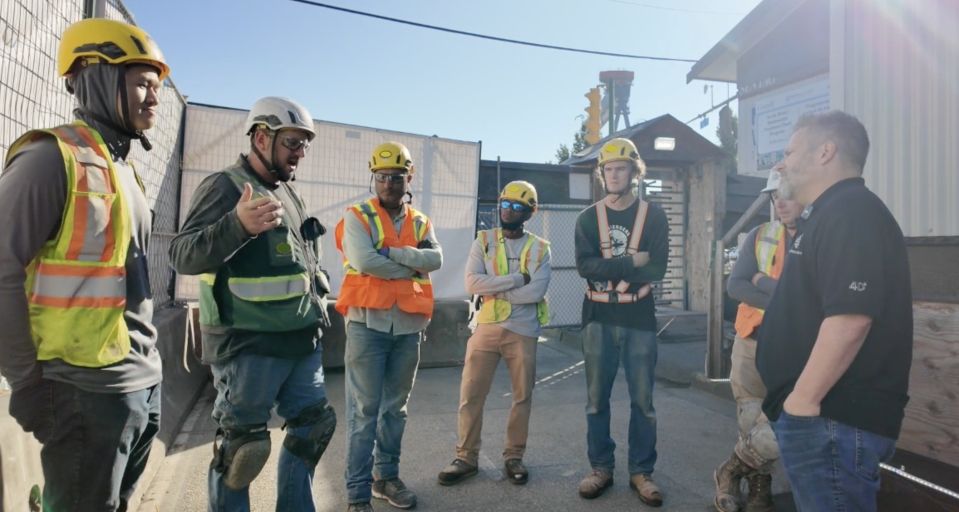At the recent launch of the new Health and Safety Governance Good Practice Guide, I was asked about the biggest shift health and safety teams could make to support their officers in bringing the Guide to life. My response was clear: we need to reimagine our role and value-add to be based around effective operational learning – and, through it, provide our officers with insights into the realities of operational work.
Health and safety teams have always played a role in helping organisations to learn, through investigations, audits, and similar activities. Yet often the time and effort placed on these has been relatively cursory when compared to the effort we put into setting direction and guiderails (eg developing new strategies, policies and procedures) or sharing technical knowledge (eg providing training, advice and guidance).
Even when we do focus on helping our organisation to learn, the measure of success for our efforts often isn’t the effectiveness or level of learning achieved but rather the speed with which we completed the activity. How many of us have KPIs focused on the proportion of investigations completed within a predetermined timeframe, but nothing on the depth and newness of insights gained?
Yet fundamental to everything we seek to achieve in H&S is the effectiveness of our efforts to learn about operational and organisational realities. Unless we have an accurate understanding of how work is actually performed and what influences the system within which work gets done, our risk assessments will be based on flawed assumptions, improvement efforts will target the wrong issues, and risk controls will fail to address what really matters.
And leadership discussions, including those of our officers, will be based on a disconnect with work as actually done, leading to misguided and unhelpful decisions.
Importance of learning
The new Guide provides a practical framework for health and safety governance efforts. Importantly, it emphasises the criticality of informed governance, with learning being a core theme across the various guiding principles. For example, the Guide explicitly states that good health and safety governance involves an understanding of:
- How people work, behave and make decisions;
- Local context and how systems drive behaviours;
- What workers need for work to go well;
- How well critical systems are known about, understood, and being effectively applied; and
- Where work-as-done varies from work-as-imagined – and whether this is safe innovation or unsafe drift.
As health and safety professionals, we’re uniquely positioned to provide these insights to our officers. We interact with workers across various levels, witness the practical challenges faced on the ground, and see at first hand how policies and procedures are implemented (or not). We are curious about not only what gets done, but how it gets done – and the factors that influence this.
Re-imagining our role
Doing this well may require a fundamental reimagining of a health and safety team’s role in an organisation – what it is that we are uniquely positioned to do to help our organisations succeed – and a shift in where we direct the bulk of our time and efforts.
How, then, might we practically go about this? Here’s four things I believe may help.
#1 Understand, but also shape, stakeholders’ needs
Spend time hearing from those you support (including your officers) about what they need to achieve their goals – and then help them understand how a more deliberate focus on effective learning would help them achieve those goals.
# 2 Operating model and service proposition
Step back and think clearly about whether you have sufficiently defined your team’s purpose (why you exist), what you are and aren’t responsible for, and the specific activities/services you provide (including how much of your team’s time should be spent on each of them). Where does ‘learning’ show up in your purpose and services, and what proportion of your time and efforts is spent on learning-related activities? Is this sufficient?
#3 ‘Less, but better’
Be explicit about the fact that when it comes to H&S, more rarely equals better. Doing fewer things more effectively – a less-but-better approach – is much more important. Rather than viewing success as being how many investigations you do, or how fast you do them, shape your KPIs around the quality of the learnings achieved.
#4 Scrutinise the effectiveness of your ‘learning’ activities
Continuously scrutinise the effectiveness of the methods you use to help your organisation learn. Do your ICAM investigations really help your organisation learn deeply? Do your audits really help you learn about systemic vulnerabilities? Do your safety walks really help your leaders learn about how risks are being managed? Test whether your learning-related systems achieve their stated objectives, not just whether they’re being applied as intended.
Chris Jones is Director Global Health, Safety & Wellbeing with Fonterra. He sits on the GM Safety Forum's Steering Committee and was project chair and contributor to the new Guide.
